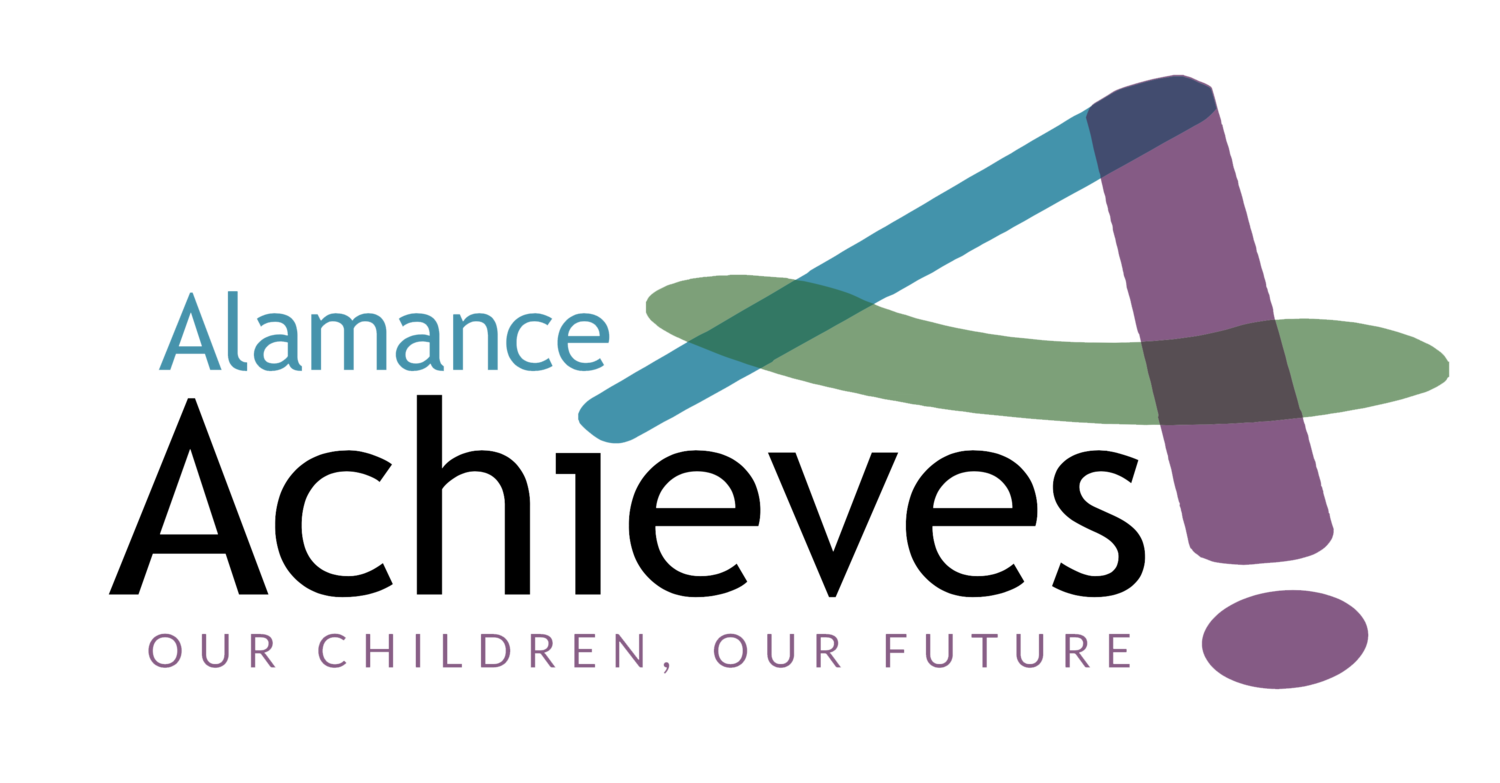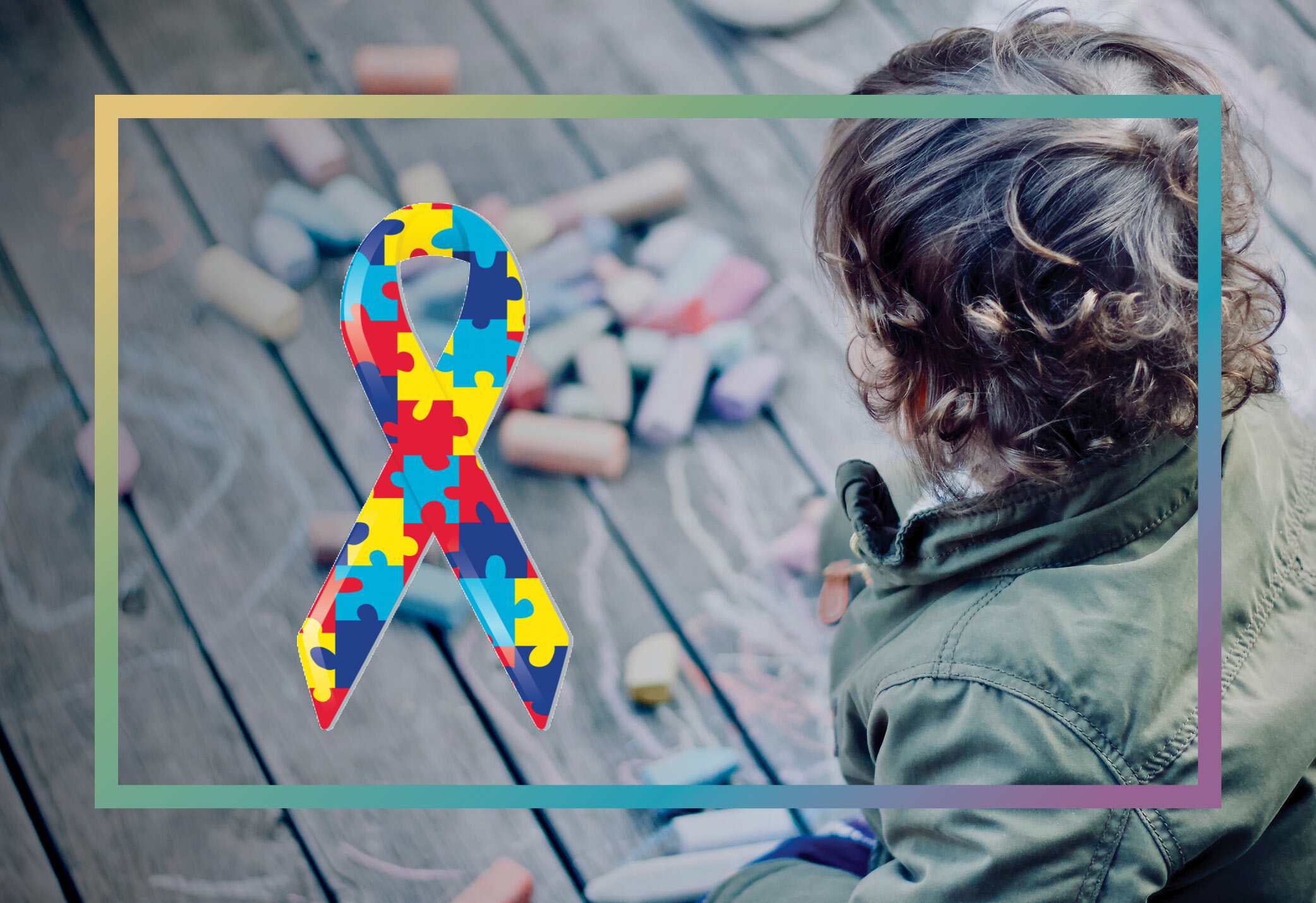On June 26th, 2023 Alamance Achieves kicked off its Kids in Transition to School (KITS) Program. The program supported families with students Pre-K to Kindergarten who had not received any formal early childhood education. Kiddos gathered together in their classroom from 9 am - 12 pm Monday through Friday at St. Mark's Church in Burlington, NC. The program concluded on August 4th with a graduation ceremony to celebrate the hard work of the students and all they had accomplished throughout their time together. At the end of the five weeks, a total of 18 students graduated from KITS. With the support of an ESSER grant from Alamance-Burlington School Systems (ABSS), KITS created a transformative environment where students and families could build on their existing strengths and cultivate new skills, setting them up for success in the summer before Kindergarten.
Students listen carefully as Ms. Laparys teaches them about letter names and sounds.
What is KITS?
Kids in Transition to School, or KITS, is an evidence-based school readiness program that was developed at the Oregon Social Learning Center. The summer program specifically aims to build academic, self-regulation, and social skills for children getting ready to start kindergarten, while also supporting parents with different ways to encourage learning at school as well as at home.
What is “School Readiness” and why is it important?
While it may not always be considered, the first few years of life are crucial to helping young children navigate their emotions, actions, abilities, and the world in general. School readiness refers to what kids should know and be able to do when they start school. The period of transition at the beginning of kindergarten can be a difficult time for students and families as they face changes in routines, environments, and peers. This time, however, can potentially affect a student’s overall development, so setting them up for success at the transition to kindergarten can have a long-lasting impact on the lives of children and their families.
KITS addresses several domains of school readiness, including literacy (letter names and sounds, concepts about print), numeracy (recognizing numbers, counting), self-regulation (sitting still, raising hands), and social skills (cooperation, sharing, recognizing others’ emotions).
KITS not only supports students but also emphasizes parent involvement in each lesson. Parents attended six learning sessions as part of the summer program. These workshops were aimed at helping caregivers foster peer-to-peer support, learn ways to encourage positive behaviors at home and school, and facilitate a smooth transition to kindergarten. By focusing on these shared domains, KITS prepares and engages not only future students but also the families and educators of our community.
How impactful is KITS?
The KITS program models a classroom setting where students learn a range of skills, like raising their hand and taking turns, that are crucial to navigating their first year in school.
During their time at KITS, the students learned a variety of skills, from cooperative play and making friends, to problem solving and handling big feelings, and so much more. In just three weeks the children gained vital skills that they will be able to apply to everyday life as they enter kindergarten and beyond. The impact of KITS has been shown to persist to at least until third grade where students have demonstrated gains on early literacy, self-regulation skills, and positive changes in brain functioning and stress responses (Pears et al., 2018). Every dollar invested in early childhood education, especially during periods of transition, is critical to preparing our kiddos for future success in school and in life.
Investing in our Future
We want to give a special thank you to the families and all of the students who have been part of the KITS program. They put their trust into an amazing team of veteran educators which included our site coordinator, teachers, and parent engagement specialist. We would also like to acknowledge and thank ABSS for investing ESSER funds into the futures’ of 18 students who will begin kindergarten next year and the following year. A special thank you goes to St. Mark’s Church for the use of their beautiful facilities and to Impact Alamance and Cone Health for providing meals and snacks for the students.
KITS is one of the many examples of why community investment in education is so important. By making a shared investment in the children and families of Alamance County, we have the means to pave the way for better educational outcomes, stronger communities, and a brighter future where we all thrive.















